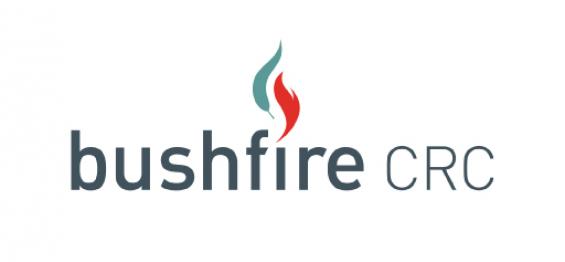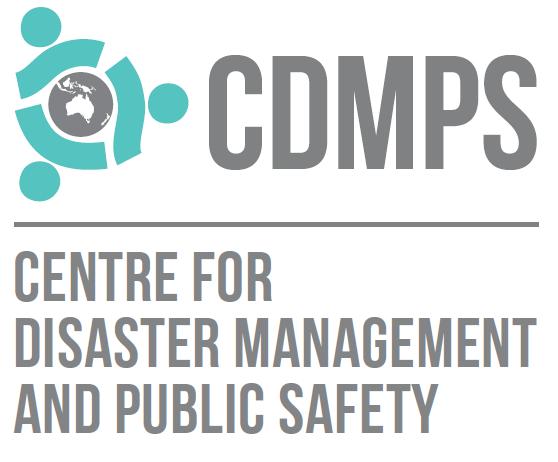Overview
Exposure in disaster risk reduction describes “what is at risk”; including people, buildings, infrastructure, businesses, hazardous substances and primary industries. Exposure information comprises the details needed to support situational awareness at all levels of governance and in various phases of disaster management.
This project is addressing the data and knowledge gaps and requirements for disaster resilience, resource assessment, emergency management, risk mitigation policy and planning.
The severity of a disaster depends on how much impact it has on exposure. The scale of impact in turn depends on the decisions made as a part of disaster mitigation. Therefore, exposure information is a fundamental requirement for decision making in disaster mitigation.
A nationally consistent exposure information framework for natural hazard risk reduction forms the basis of an essential element for decision making. Decision making at various levels of the disaster governance process is highly complex and depends on multiple attributes, objectives, criteria and functions.
This project will develop a modelling framework based on a decentralised and open approach to access, merge and transform fundamental data (spatial, attribute and metadata) to create location based exposure information relevant for use at national, state and local government levels. The modelling framework forms the basis of exposure information capabilities describing key characteristics of the population, building assets and essential infrastructure exposed to natural hazards and enables vulnerability assessments.
Key Outcomes
Once the project is complete, the outputs will be used to improve existing exposure database capabilities at Geoscience Australia (NEXIS), various State Emergency Services and various stages of disaster management and risk assessment models.
Through identifying the fundamental data requirements and modelling framework to derive exposure information, a better understanding of the vulnerability of people, buildings and infrastructure is enabled. The project is a significant step towards developing national exposure information capabilities in Australia. The framework developed supports impact assessments on people, economy, infrastructure and the environment caused by bushfires, floods, cyclones and earthquakes.
Major Activities for 2016-2017
The project has reviewed current exposure information provision capabilities to identify key issues, needs, gaps, overlaps and deficiencies. An online survey was conducted and a stakeholder engagement workshop was held to identify future information needs and to understand the trends by aligning with broader framework objectives of the National Emergency Risk Assessment Guidelines.
Research Team
Research Lead: GeoScience Australia
Research Team: Professor Abbas Rajabifard, Dr Mohsen Kalantari, Dr Massoud Sofi, Mr Greg Ireton, Mr Yashar Asadi
Research Partners and collaborators
Bushfire & Natural Hazards CRC

